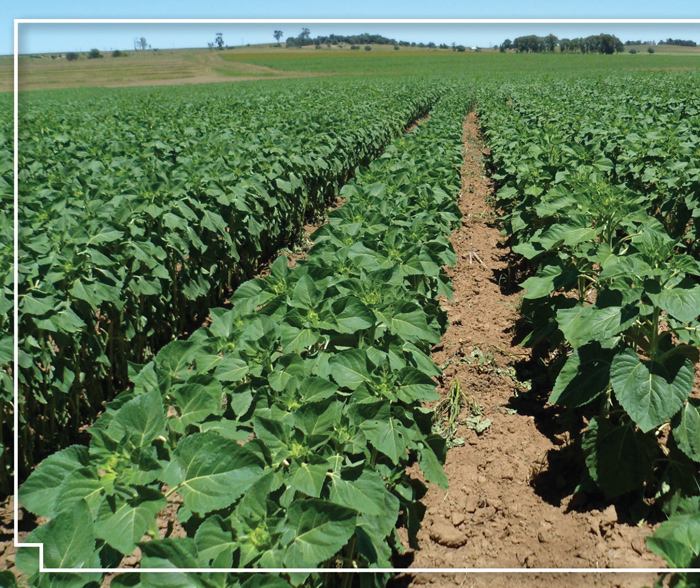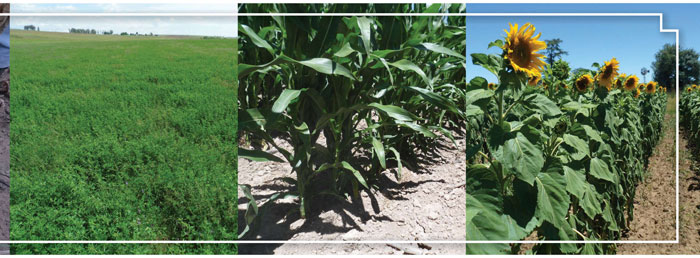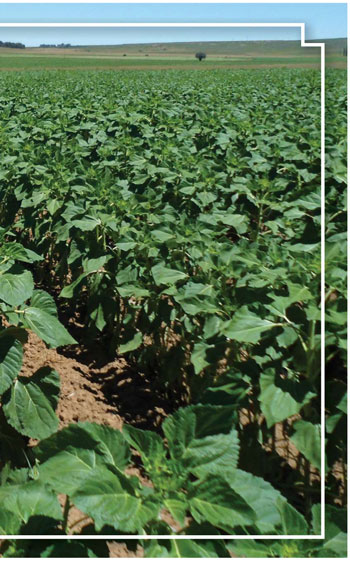March 2018
We live in an ever changing agricultural economic and climatic environment. Local climate change, which has been experienced in many locations, is largely determined by the sea temperature many thousands of kilometres away.
This in turn is caused by the variable and sometimes very high energy emanating from the sun which heats some oceans increasing the moisture content of the atmosphere. This climate change which results in either lowered or increased rainfall as well as changed patterns is playing havoc with the planning of the production of dryland and irrigated crops in inland and coastal regions.
Some areas have received normal or even above normal rains this summer while others have received only about 24 mm in small showers from 2 mm to 7,5 mm. This situation follows the last four or five years of abnormal rainfall patterns. In the main many dryland farmers have not been able to store enough moisture in the fallow periods to be able to ensure the planting of grain crops in the optimum planting window of the current season.

The historic, actual and future production volumes of the various main grains are expressed in future contract prices on Safex and then result in a ‘spot price’ or Safex less transport differential cost which is finally paid to farmers. As the old saying goes ‘farmers buy in production costs at retail and sell grains wholesale’.
Due to last years good grain crops the ‘pipeline’ or reserve grain in the marketing chain have stabilised the future prices of most grains. It can be argued that at these prices it is very difficult, unless top yields are realised, to make dryland grain production profitable.
It is perhaps the right time to consider moving from the monoculture of maize or other crops to the incorporation of crop rotations and then within a pure grain rotation the inclusion of cover crops within these rotations.

The crop rotation system together with the inclusion of certain cover crops must at least lower the economic risk by spreading the sustained pressure of producing a grain crop every season on every piece of arable land you have. It must enhance your soil fertility and moisture holding capacity so that the planned cash crops within the planned cycle can be planted on time in a more fertile and moist environment.
Each farming area whether being more suitable for a winter, summer or a mediterranean production pattern needs a very specific combination of niche cover crops to enhance the possibility of success. Introducing this system will also lessen the dependency on ever larger and expensive sets of tractors and equipment to be able to plant large areas in a shortened planting window. It is a huge advantage if small and large stock production can be integrated into the planned crop and cover crop rotation.
 Cover crop benefits
Cover crop benefits
Cover crops offer many benefits and include erosion control, reduced compaction and nutrient leaching, increased water infiltration, improved soil biodiversity, weed control and disease suppression, increased capture of carbon in the soil, maximum nutrient recycling, improved air, soil and water quality, and wildlife diversity and enhancement.
A thorough understanding of the cover crop options within the constraints of your farming area will enable you to select and manage those chosen to the best advantage.
Lequme cover crops can be used to fix nitrogen in the air into usable forms in the soil. Common lequme cover crops include cowpea, winter pea, crotalaria, red clover, sweet clover, hairy vetch (grown very successfully in no-till production of soybeans in the Free State), soybeans and lucerne.
Grass cover crops including winter forage crops such as oats or korog (triticale) in the summer production area can be used to advantage. The brassicas that can be planted include various radishes, turnips, kale mustard and rape. Buckwheat is a fast-growing summer crop that enhances phosphorus recycling and can be planted quite late in the season.
Some cover crops options after cash crops
Cowpea after wheat can be grazed and then killed to provide nitrogen for the next cash crop which could be maize if this is planned. A wheat/soybean cover crop rotation can be used to advantage. Cereal rye, annual ryegrass, wheat, or oats can be planted after early soybeans. Cereal rye may be planted after late maturing soybeans or maize but must be early enough to be established before winter.
Farmers can also plan to plant cover crops in a planned more long-term cycle within maize, soybean and sunflower rotations. These are but a few examples of what is possible.
Conclusion
Look at the possible cover crops that can be used in your farming area within your ideal cash crop rotation to lower financial risk and enhance production diversification to be able to move away from continuous grain cropping.
Article submitted by a retired farmer.
Publication: March 2018
Section: Pula/Imvula